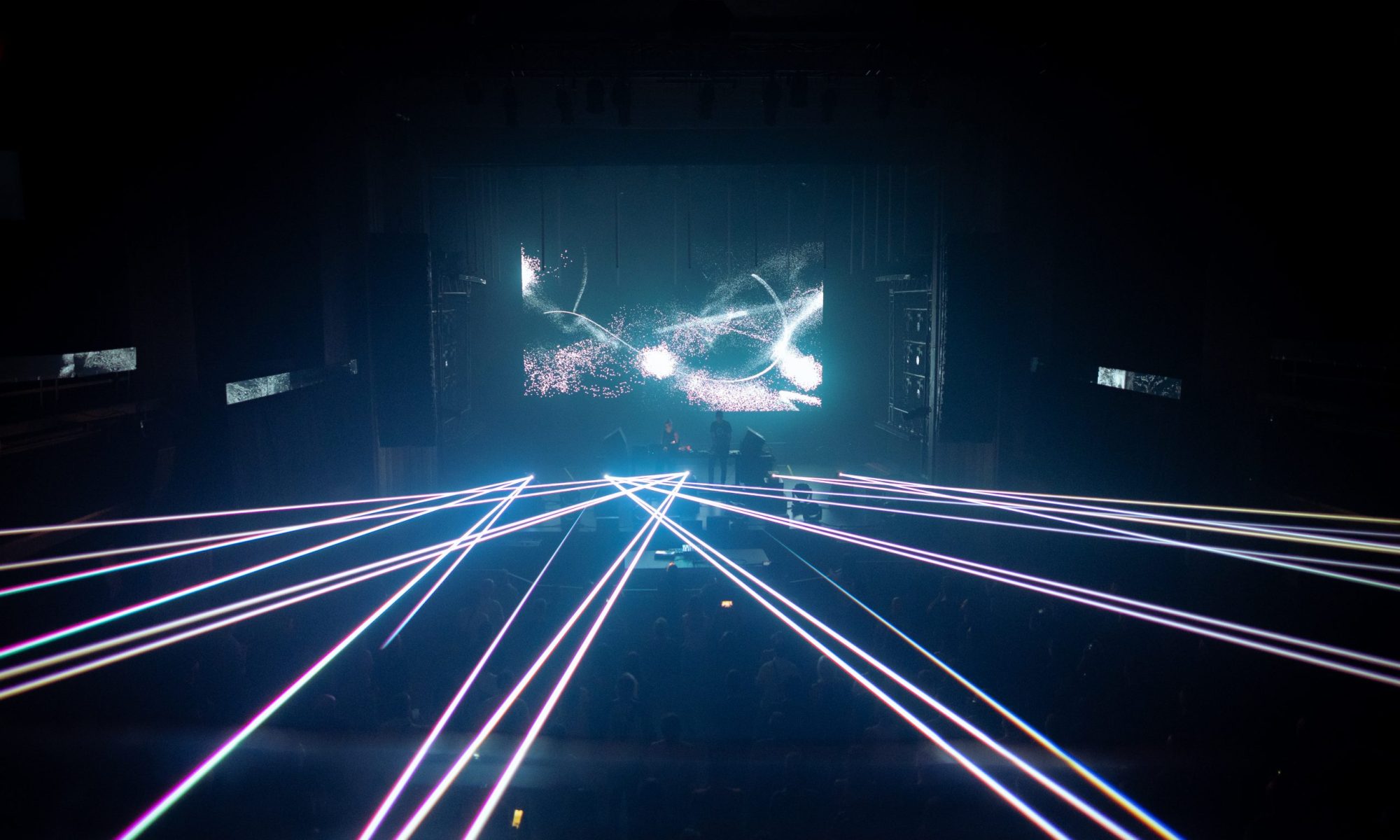EXTRACT (2CD + book by Non Visual Objects)
For anyone interested in modern-day approaches to experimental electro-acoustic music, especially the more minimal interpretations, Extract | Portraits of Soundartists is a valuable, practical, and enjoyable reference. Conceived by Heribert Friedl and Raphael Moser, the release consists of two compact discs featuring compositions from twenty-two contemporary artists involved in making electro-acoustic music. The discs are housed in a 96-page hardcover book containing text and/or images from each artist. View complete artist/track listing here .
I’ve had Extract | Portraits of Soundartists in my possession for about a month now. It has accompanied me wherever I go throughout the day. Sometimes I just listen to compositions on the discs, other I times I sneak in a few minutes to read (and re-read) the essays, interviews, etc. in the book, but the most rewarding times are early mornings/late afternoons when I can sit down, relax, listen and read at the same time. It’s at these moments that things begin to come together as the text that I read and the images that I see help make sense of and give context to the intricate, abstract, and beautiful sounds that these artists are producing. I’m also humbled by what I’ve read realizing now that so much of what I’ve written and reviewed in the past is way off the mark. If only I knew then what I know now.
Describing the music found on the discs is difficult. In the broadest sense, it’s about artists exploring the seemingly infinite and non-traditional ways in which sound can be manipulated, transformed, sculptured, recontextualized, disassembled, and reassembled. Dean King summed it all up nicely in the form of a question – “how far can music be reduced and still be understood as music? (p.47)”
At a minimum, Extract certainly achieves two important purposes: First, it provides a representative, international cross-section of the many sound artists involved in composing experimental electro-acoustic music (although I would liked to have seen more female artists included). Of the twenty-two artists included, there were only five whose work I was not at all acquainted with. For the remaining seventeen artists, my awareness ranges from very familiar to just a mediocre knowledge. Richard Chartier, Taylor Deupree, Heribert Friedl, Bernhard Günter, John Hudak, Dale Lloyd, Steve Roden, Jos Smolders, Ralph Steinbrüchel, Asmus Tietchens, and Ubeboet are common names to me. Also known to me, but not quite as familiar, are Richard Garet, Andy Graydon, I8U, Dean King, Roel Meelkop, and Tomas Phillips. Now, with deference to Extract, I’ve been introduced to the work of Keith Barry, Will Montgomery, Nao Sugimoto, Toshiya Tsundo, and Michael Vorfeld.
Secondly, we get multiple viewpoints in varying formats (interviews, essays, photos, drawings) detailing the inspiration, influences, purpose, and techniques behind the process of sound construction and revealing mutual threads of interest and other commonalities. Examples are plentiful – Dean King gives a wonderfully articulate and philosophical exposé concerning his methods establishing connections and drawing parallels to literature, abstract painting, and photography. He also writes about disassembling and decontextualizing sound and how granular processing makes possible the “transformation of time.” Tomas Phillips goes into some detail about “minimalist tendencies” and the “minimizing of sound.” Bernhard Günter draws interesting analogies between photography and music viewing both cameras and audio recorders as samplers capturing visible and auditory frequencies, respectively, that can then be digitally manipulated, and the title of his accompanying track “Listen to what you see” says a lot about his methods. France Jobin (I8U) gives a short biographical essay outlining the “environmental and technological landmarks” encountered during the “creative process.” Keith Berry and Richard Chartier each reveal the importance of early childhood “sound memories” and discuss the significance of visual art in their musical development. John Hudak writes about the similarities in the creative processes of drawing and music creation. Heribert Friedl writes about his interest in combining sound art with his work in “non visual objects.” Andy Graydon expounds on the influences of music concrète, film/cinema, and environmental art on his sound work. Toshiya Tsunoda discusses his interest in “vibration phenomenon” and the role it plays in his compositions and installations. Jos Smolders labels much of his sound work as “abstract” explaining that it’s often constructed from concrete sounds, but not necessarily connected to reality, and he makes an interesting analogy between his methods and the expressionistic school of painting. Nao Sugimoto explains that “the sounds, textures, and colors of nature” are essential to his current work. In a similar fashion, Richard Garet regards his sound art as a “constant response to the complexities of the environment“ taking in everything around him and then “putting it out in different reconfigurations.“ Will Montgomery makes reference to the element of “uncertainty” in his work and speculates on the indirect influence of his interest in contemporary avant-garde poetry on his music. Steinbrüchel speaks for several artists when he says that “I feel more connected to other artists throughout the world than in my local area.” There’s a common theme of local “isolation” tempered somewhat by a connectedness with like-minded people outside their locale via collaborations made possible by the internet. Finally, more than one artist made it known that regardless of how much intent and purpose is put into a composition, among the best pieces are the ones in which chance takes over and allows the work to “unfold” naturally on its own.
My only wish now is that enough people see the worth and importance of such a dual media work like Extract that we see more of the same. A free, virtual/downloadable online follow-up to this reaching out to anyone interested would be the ideal. A fresh roster of sound artists might include names like William Basinski, Marc Behrens, Esther Bourdages, Joda Clément, Anne Guthrie, John Kannenberg, K. M. Krebs, Francisco Lopez, Stephan Mathieu. Christopher McFall, Nathan McNinch, Michael Northam, Ben Owen, Pablo Reche, Asher Thal-nir, and Sabine Vogel to name just a few.
(larry johnson, earlabs)



